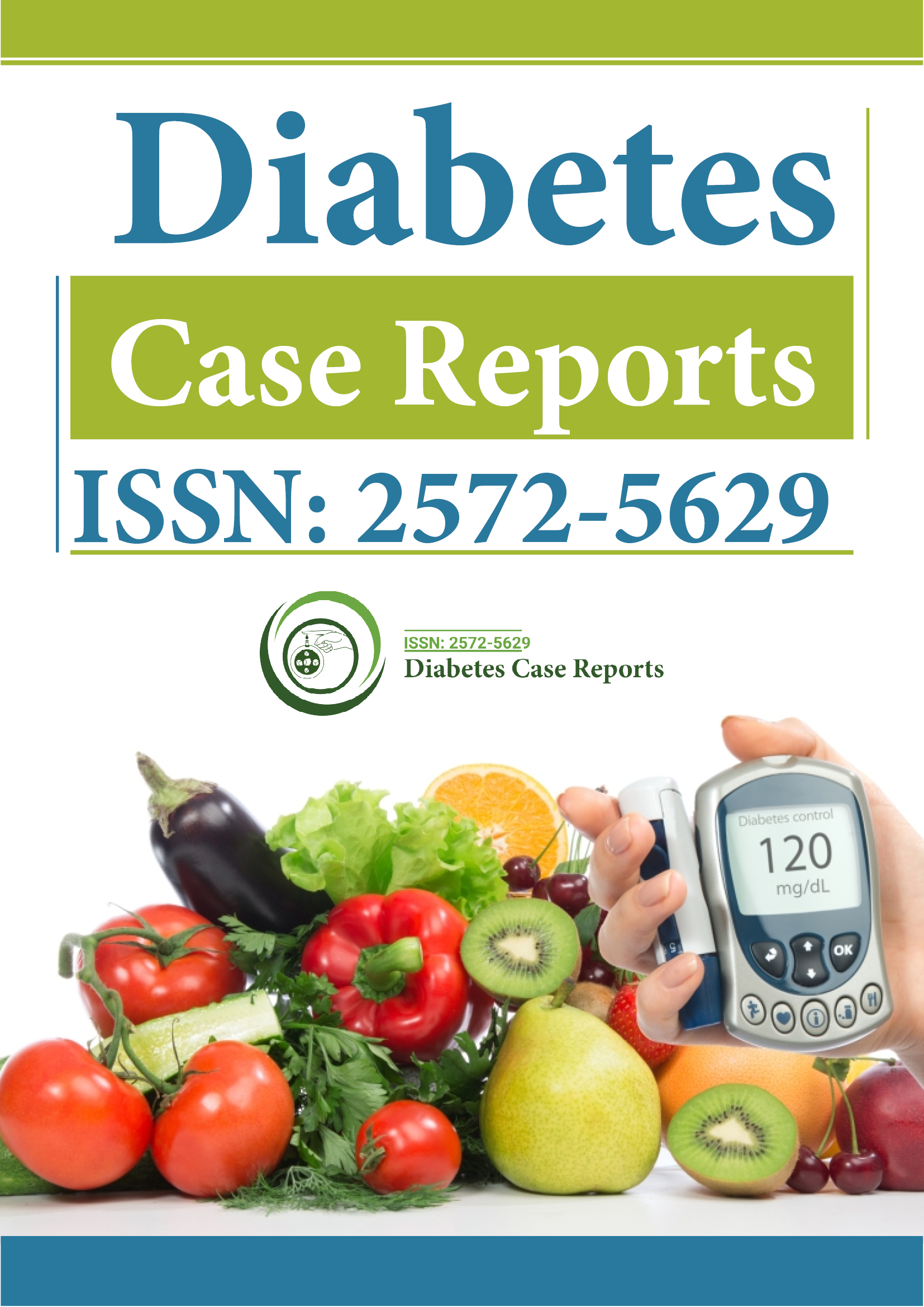Indexed In
- RefSeek
- Hamdard University
- EBSCO A-Z
- Euro Pub
- Google Scholar
Useful Links
Share This Page
Journal Flyer

Open Access Journals
- Agri and Aquaculture
- Biochemistry
- Bioinformatics & Systems Biology
- Business & Management
- Chemistry
- Clinical Sciences
- Engineering
- Food & Nutrition
- General Science
- Genetics & Molecular Biology
- Immunology & Microbiology
- Medical Sciences
- Neuroscience & Psychology
- Nursing & Health Care
- Pharmaceutical Sciences
From the flowers into the honeys; Pollen and mineral content of four unifloral Hungarian honeys
Joint Event 27th Euro-Global Summit on Food and Beverages & 19th International Conference on Endocrinology and Metabolic Disorders
April 04-05, 2024 Madrid, Spain
Marianna Kocsis, Katalin J. Csetneki, Mariann Merics, Krisztian Gaal and Agnes Farkas
University of Pecs, Hungary
Scientific Tracks Abstracts: J Psychiatry
Abstract:
Statement of the problem: Honey is a complex food, which has played an important role in human nutrition and medicine since ancient times. Its main nutritional constituents are carbohydrates; while proteins, minerals and polyphenols are present in low amounts. Some of the proteins originate from the plant source’s pollen, which can be used as a reliable indicator of honey’s floral origin. Other plant derived constituents of honey are macro and micro minerals. Although they are minor components, they contribute to the specific nutritional value of honeys and can help discriminate unifloral honeys. Hungary is one of the biggest honey producers in the EU with several uni and multi floral honeys; however, there is little information on their quality parameters. The aim of this study was to examine the pollen and mineral composition of four Hungarian honey types, in order to find their distinctive characters and to establish the unique nutritional value of each honey type. Methodology & theoretical orientation: Samples included acacia (Robinia pseudoacacia), linden (Tilia ssp.), chestnut (Castanea sativa) and sunflower (Helianthus annuus) honeys. Their botanical origin was established by sensory characteristics, microscopic pollen analysis and spectrophotometric color determination. Macro (K, Ca, P, S, Mg) and microelement (B, Cu, Fe, Mn, Zn) content was derived from ICP-AES measurements. Findings: The results of the melissopalynological analysis confirmed that each honey type was unifloral. Linden honey had significantly higher K content than the light-colored acacia and the darker sunflower honeys (Figure 1). Chestnut honey stood out from the studied honeys due to its extremely high Mn and Zn content. Conclusion: Our results revealed that besides the traditionally used pollen profile, also minerals can be applied as markers to identify honey types. The unique mineral composition of acacia, linden, chestnut and sunflower honeys can contribute to their nutritional value.
Biography :
Marianna Kocsis as associate professor teaches plant anatomy, morphology and physiology. Her recent research is focusing on the plant derived compounds in honeys. She is devoted to prove and emphasize the nutritional and medicinal value of different honey types. The close cooperation with the colleagues and students at the Department of Pharmacognosy created the successfully operating honey research group. Their studies also cover the bioactivity of honey, e.g. the antioxidant capacity and antimicrobial effect of this natural product.
